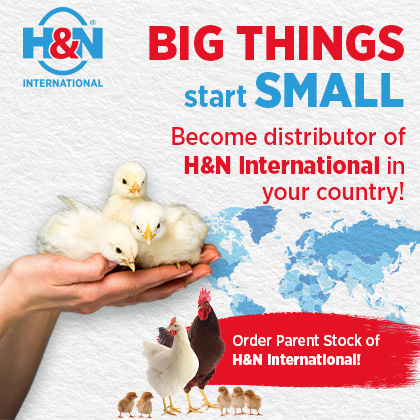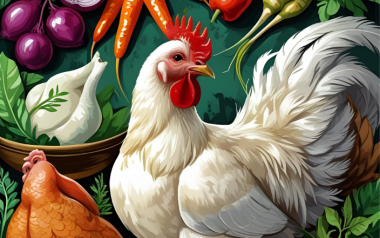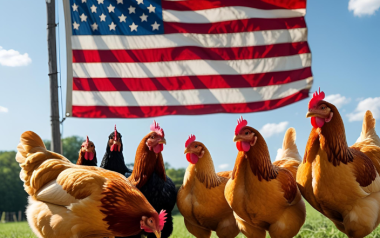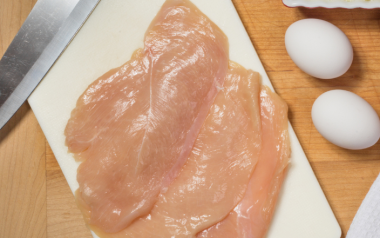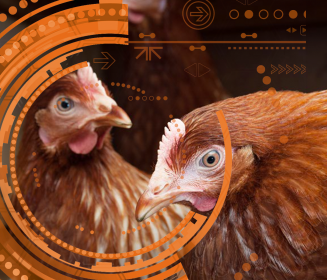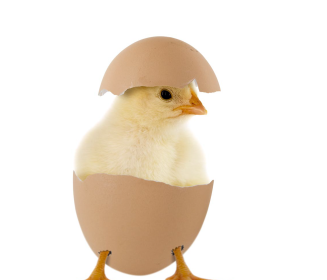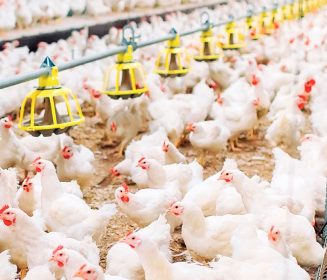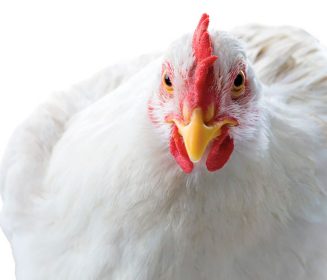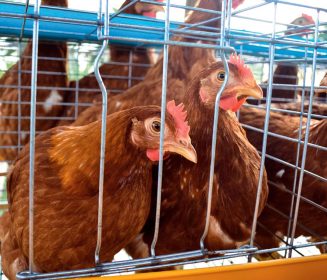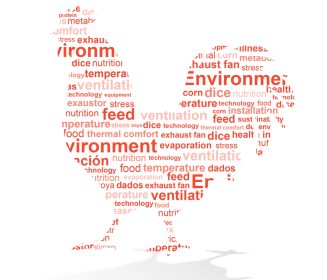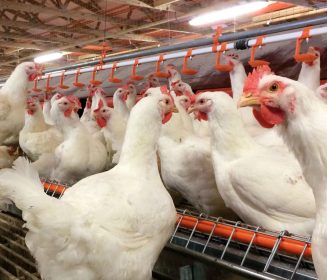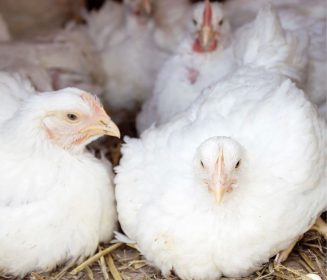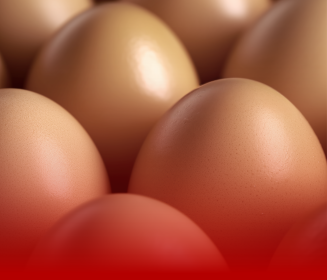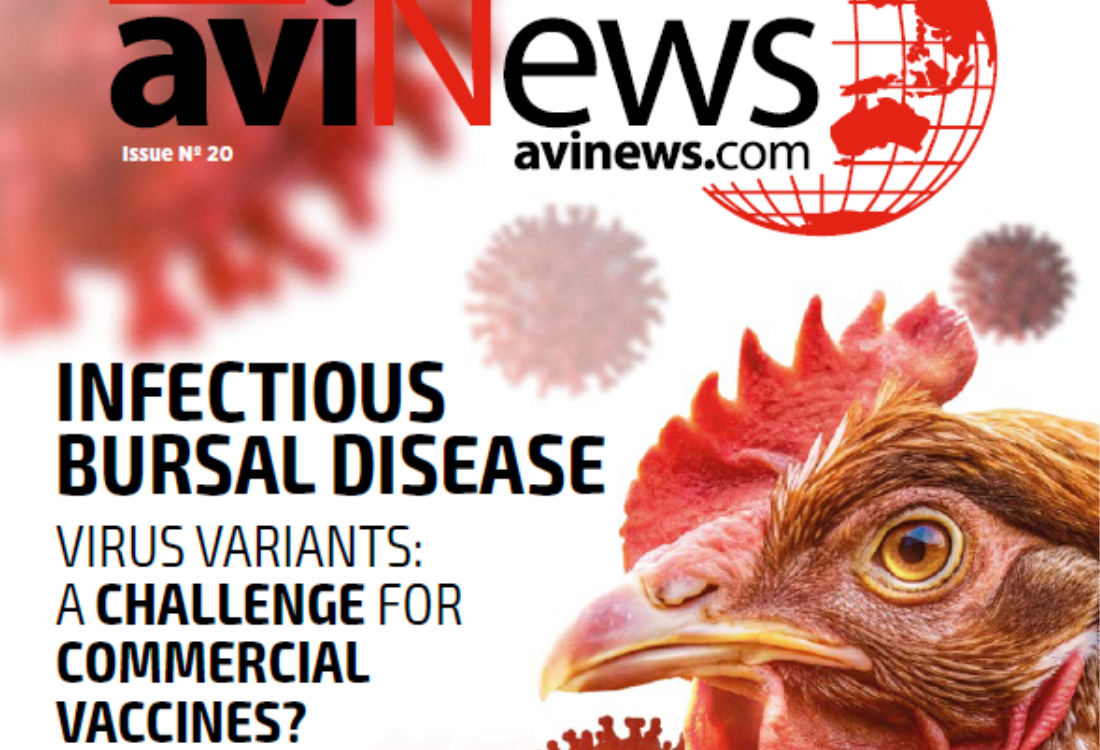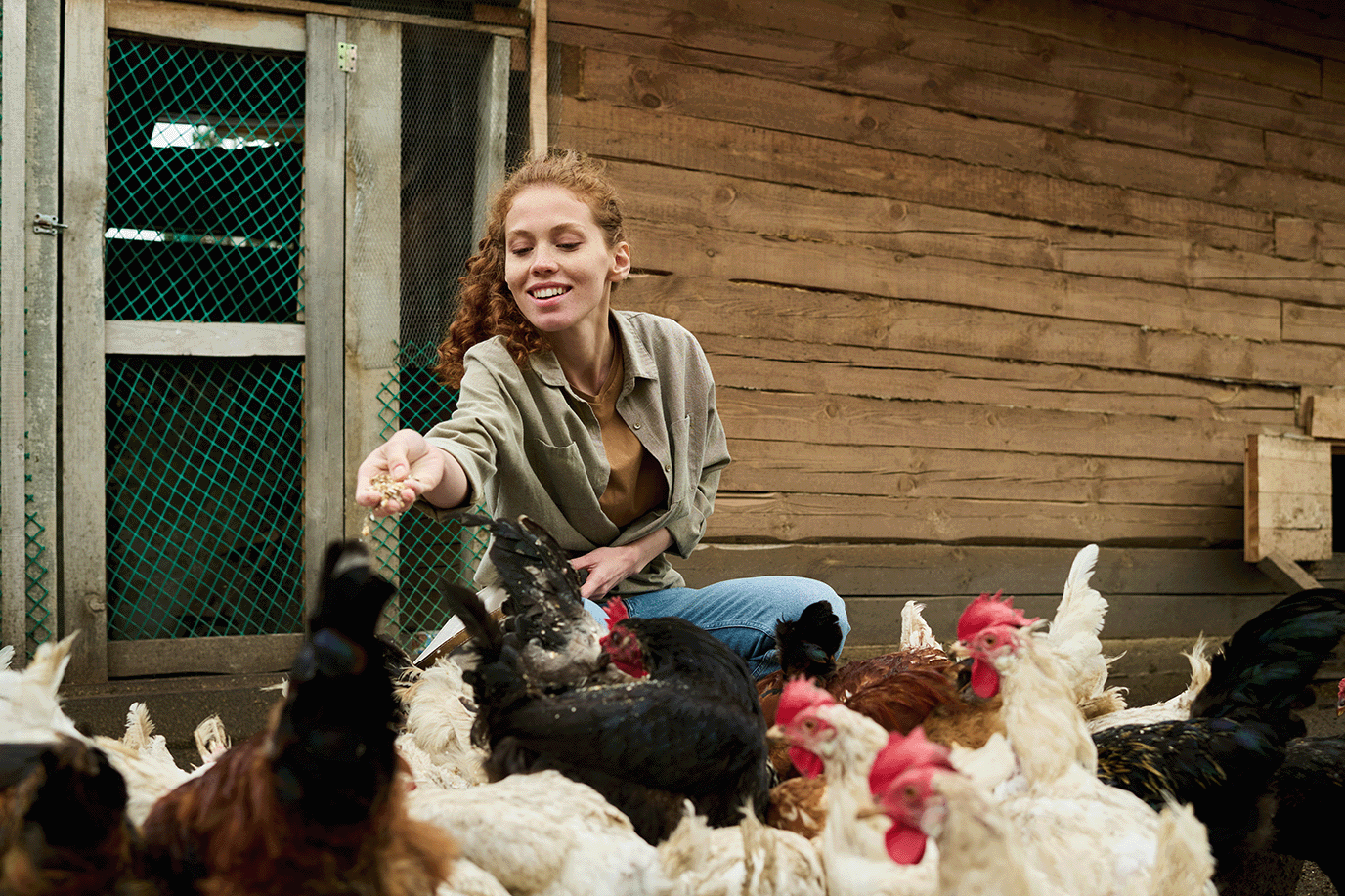Outlook for poultry trade in 2024: Keeping markets balanced amid slow growth
The 2024 outlook for the global poultry market is moderately positive, with expected growth of between 1.5% and 2%, a […]
The 2024 outlook for the global poultry market is moderately positive, with expected growth of between 1.5% and 2%, a decline from the long-term average of 2.5% per year, but a sign of recovery compared to 2023, when growth was only 1.1%, according to the recent Rabobank report.
With declines expected in the pork and beef markets, poultry and eggs are estimated to be the fastest growing proteins in a global animal protein market that is forecast to grow by just 0.4 % year-on-year.
Lower input costs, and therefore lower-priced chicken, should help stimulate chicken consumption in 2024 and accelerate industry growth.
CONSUMERS AND PRICES
Consumers will continue to be price-driven due to the weak economic backdrop, and poultry will continue to benefit from declining trade in terms of meat type and product category.
ziggity pagestealer october
hendrix robopagina mexico
But as wages have increasingly risen in line with past inflation, value-based market opportunities will gradually return as consumer price inflation declines.
WHERE THE GREATEST GROWTH WILL OCCUR
Most of the growth is expected to occur in Southeast Asia, the Middle East and Latin America, but at below-average levels. Producers will have to continue balancing supply growth with relatively slow demand growth, especially in the United States, Thailand, Indonesia and, more recently, China and the EU, which have been struggling with oversupply.
INPUTS COSTS
Price-driven markets will be an ongoing challenge for producers in 2024, as the industry will still face relatively high costs and potential volatility.
Feed costs will fall slightly, but global geopolitical issues such as the war in Ukraine, turmoil in the Middle East and climate risks could affect feed costs, as well as oil and gas prices.
SLOWDOWN OF WORLD TRADE
The rapid growth in global trade seen in 2022 and early 2023 has begun to slow. Raw chicken will continue to grow. However, processed poultry trade is expected to remain sluggish in foodservice markets in key importing countries, challenging global traders in Brazil, Thailand and China.
But the market will gradually recover as consumers’ purchasing power improves.
GEOPOLITICS IS AFFECTING POULTRY MARKETS
With Ukrainian chicken imports increasing into Europe and potential trade disruptions in the Middle East, geopolitics are also affecting poultry markets.
Many countries in this region continue to focus local investments on food security.
BIRD INFLUENZA (AI)
Avian Influenza (AI) remains a major challenge, with outbreaks early in the winter season in the Northern Hemisphere and strong impacts in South Africa. More countries will begin vaccinating, as well as taking biosafety measures, to address this.
Pressure will continue to supply affordable products to customers through price-based channels. Trade will not be easy but it will continue to grow, mainly in raw chicken meat. Producers must focus on optimal efficiency, procurement and biosecurity.
MAIN GLOBAL THEMES FOR 2024
Slow economic growth and constant attention to prices among consumers, but less than in 2023.
Geopolitical changes, increased attention to food security and possible volatility in demand and costs.
Balanced food prices slightly bearish, with persistent volatility risks.
Labor availability and cost challenges in emerging markets.
Challenges of Avian Influenza and increased vaccinations.
SUMMARY OF WORLD POULTRY MARKETS
UNITED STATES: PRODUCTION CUTS
Seasonal weakness is putting pressure on prices.
Production will fall in early 2024.
Chicken meat inventories have decreased compared to previous year levels.
Export demand weakens due to lower sales to China, Cuba and Angola.
BRAZIL: RECOVERING PERFORMANCE
Prices are improving due to stronger demand and slower production growth.
Exports are reaching record levels.
El Niño is raising concerns about feed prices.



